All products featured are independently chosen by us. However, SoundGuys may receive a commission on orders placed through its retail links. See our ethics statement.
What is a microphone preamp and should you get one?
Published onMarch 27, 2025
If you’re starting a podcast or building your first home studio setup, chances are you’ve probably heard the term “microphone preamp” pop up in a few places. Before buying a preamp, you need a microphone, or you’ll need to figure out what type of microphone to get.
Have a mic? Great. Now, you’ll need a way to connect it. That’s where preamps come in.
- On July 10th, 2023, to add an FAQ
- On March 27th, 2025 to update formatting and ensure the information is up to date
What does a preamp do for a microphone?
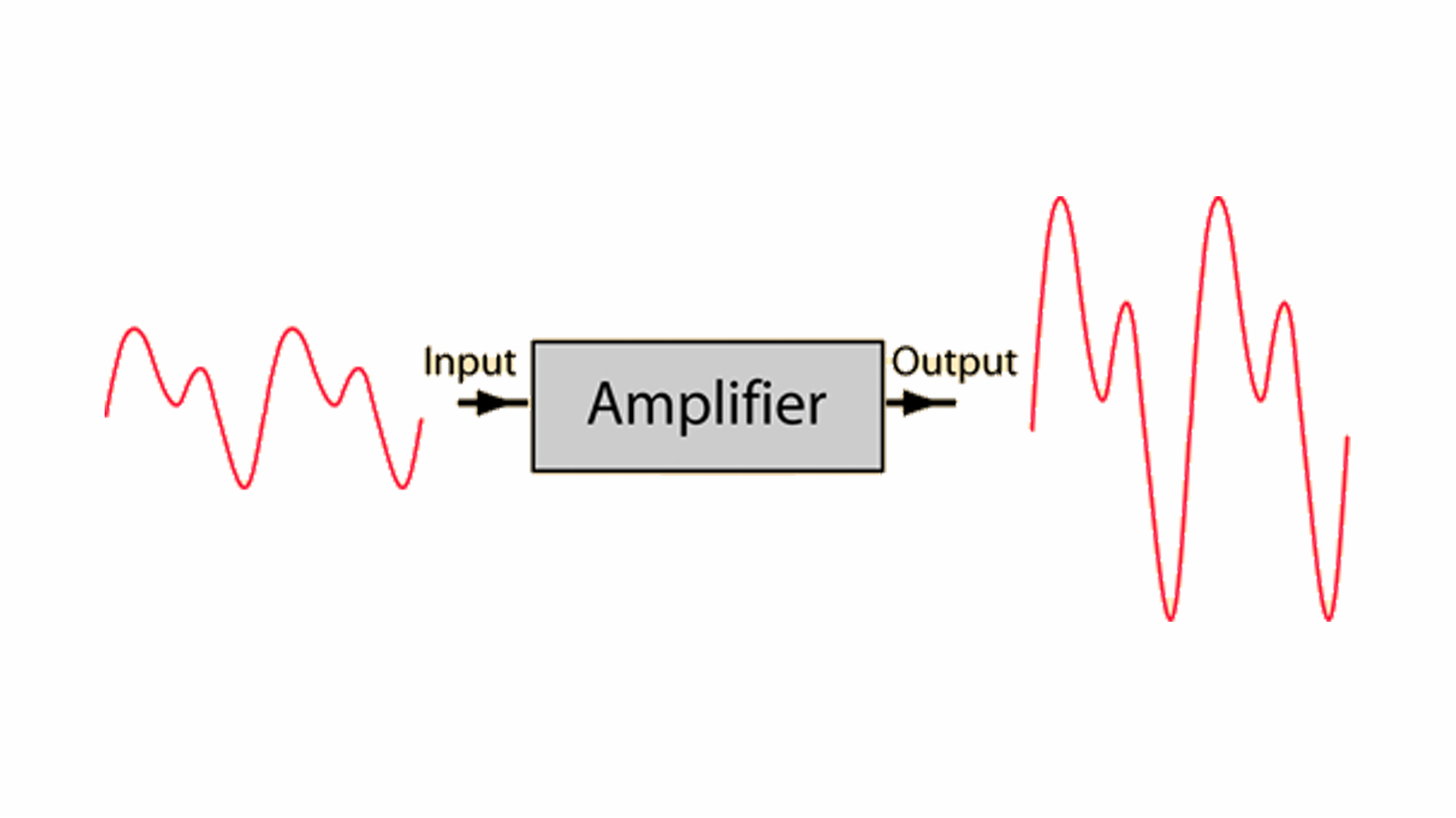
Microphone pre-amplifiers (preamps) serve two main purposes: they provide the correct load impedance for the microphone’s output, and then take the incoming signal from the microphone and boost it to a usable level.
The signal coming directly from a microphone is typically at a very low level (less than 100mVRMS). A preamp makes the signal useable by applying appropriate voltage gain as soon as possible. This mitigates the effect of any noise introduced by subsequent processes—whether you send the signal to more analog gear, or through an analog-to-digital converter (ADC) to use in a digital audio workstation (DAW) on your computer.
See, the input of most audio gear expects a line-level signal to deliver optimal audio quality. A preamp prepares the signal by converting a microphone-level signal to a line-level signal so other equipment can process it. This is known as proper gain staging.
Do you need a preamp for your microphone?
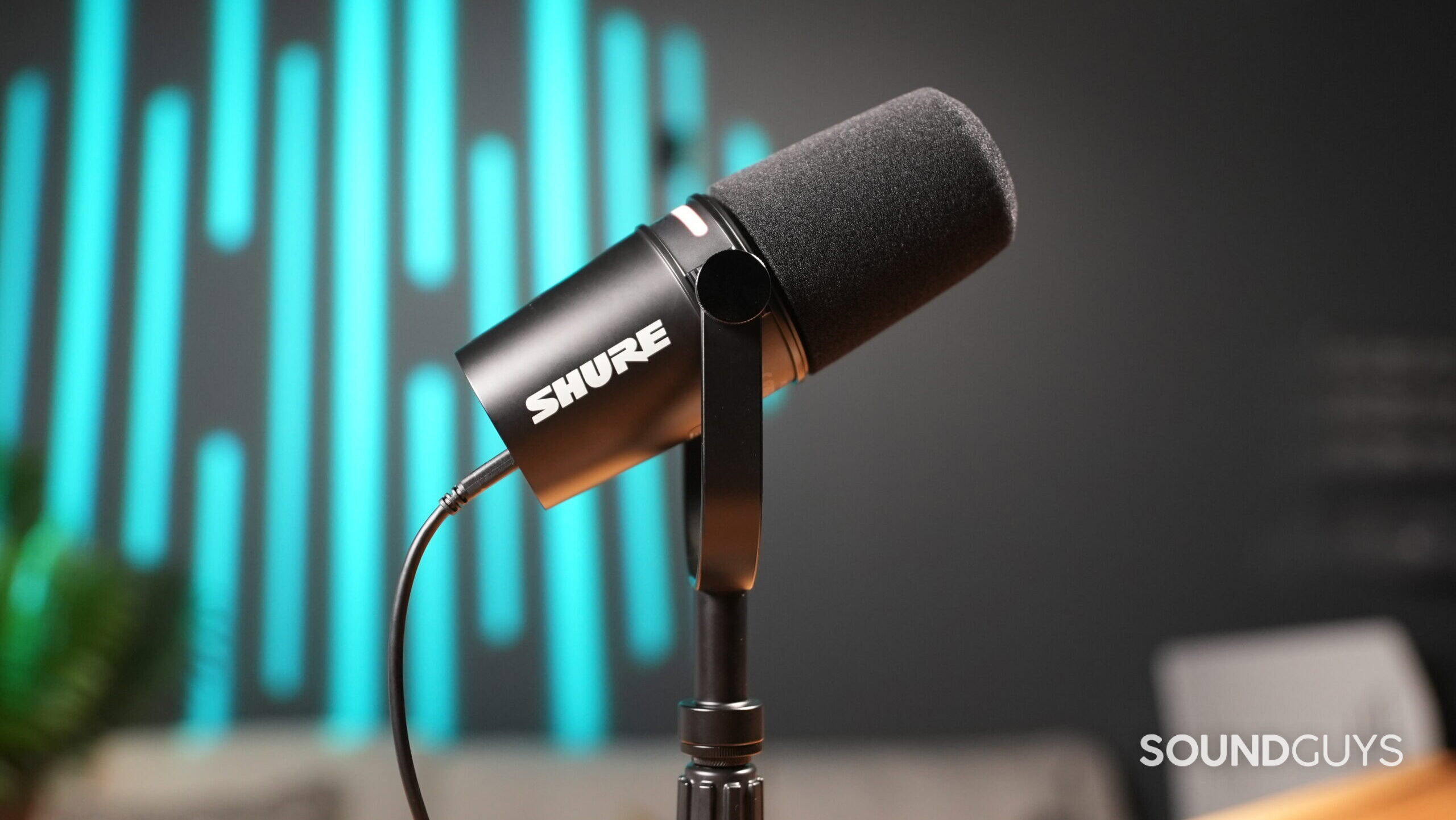
If you own a USB microphone, you do not need to use a microphone preamp. USB microphones are all-in-one recording solutions that plug directly into your computer. This means they include a built-in preamp and ADC to ensure the signal is at an adequate level by the time it reaches your computer. If you’re looking for the cheapest and simplest recording setup, check out the Movo UM700 USB mic.
On the other hand, if you want to record with an XLR microphone, you will need to use a preamp of some sort. This goes for all microphone types, including both dynamic and condenser microphones.
Can you use an audio interface as a mic preamp?
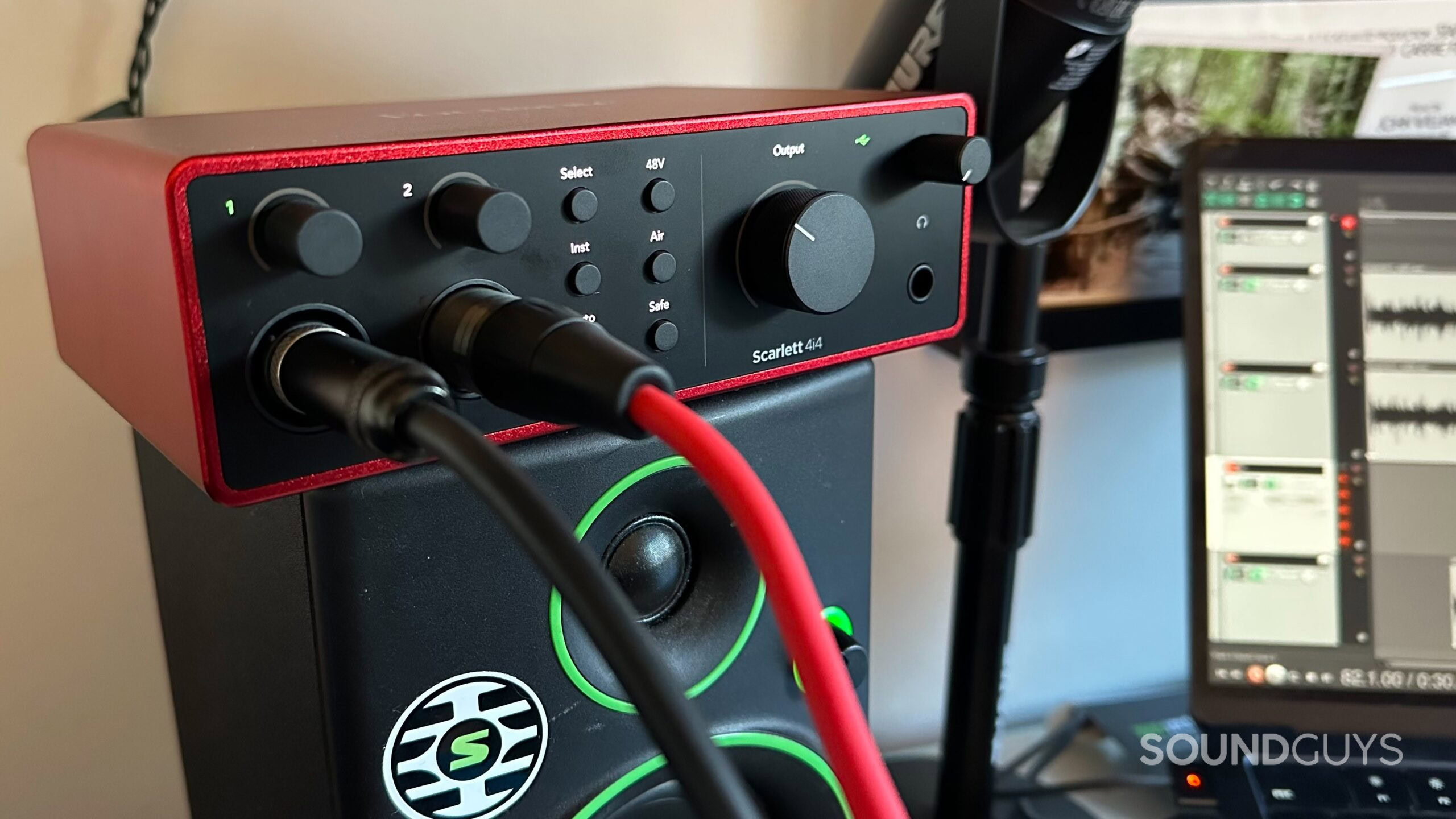
Basic recording setups won’t need a standalone microphone preamp, as the amplification is incorporated into an audio interface. If you already own an audio interface, good news: you likely don’t need to buy a preamp for your microphone. Most interfaces with XLR inputs will have a gain knob to set how much amplification is applied before converting the signal from analog to digital. Your digital audio workstation will receive this signal; you can edit it from there.
Can you use a mixer as a microphone preamp?
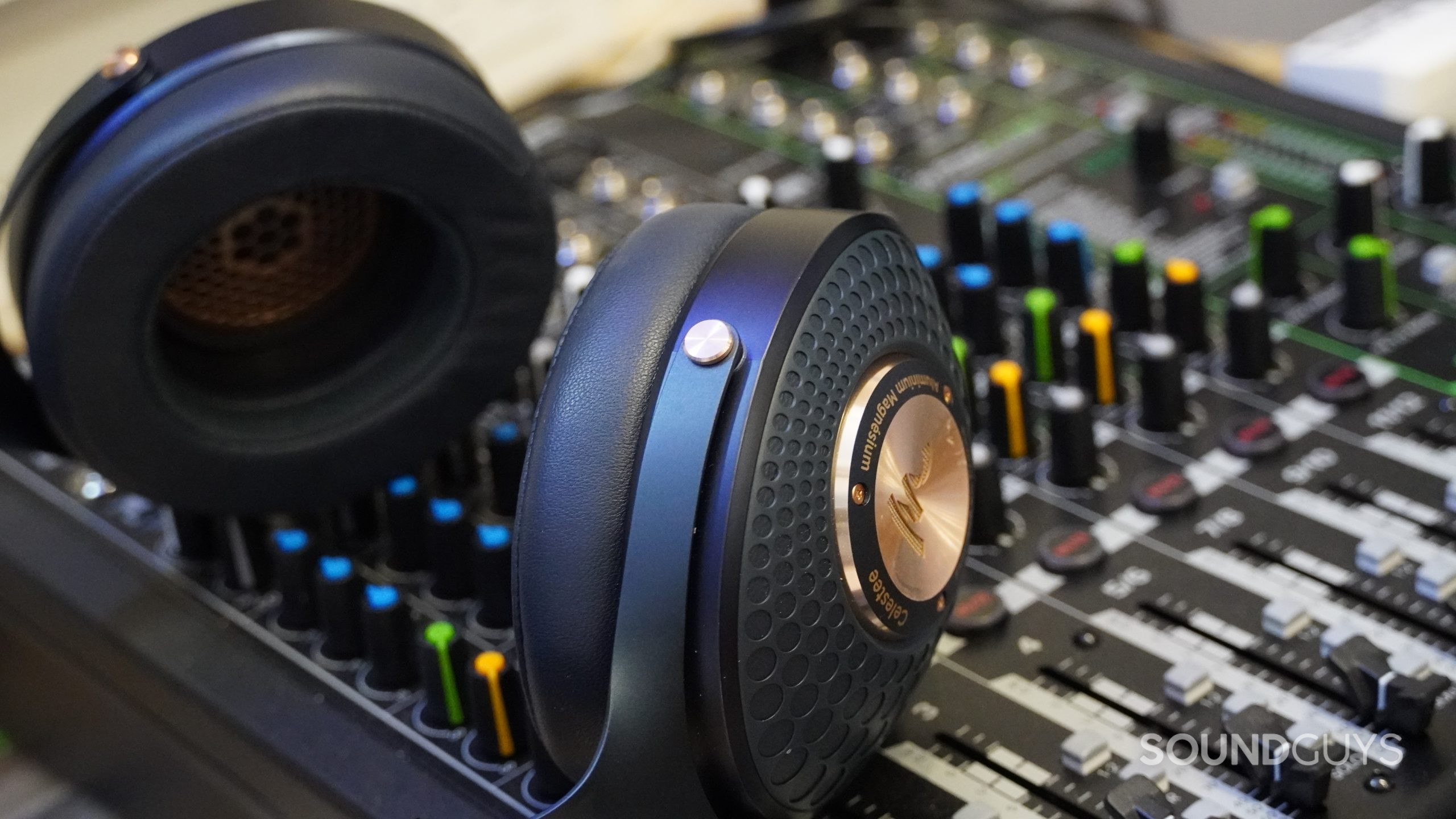
Most mixers have preamps built into each channel strip to amplify an incoming signal. Therefore, a mixer can also function as a microphone preamp. If your mixer doesn’t provide a digital audio output, you may still need to use an audio interface to convert the analog signal to a digital signal for your DAW. Also, mixers are often quite large and expensive, so this isn’t an efficient option for those building their first recording setups.
What makes a good microphone preamp?
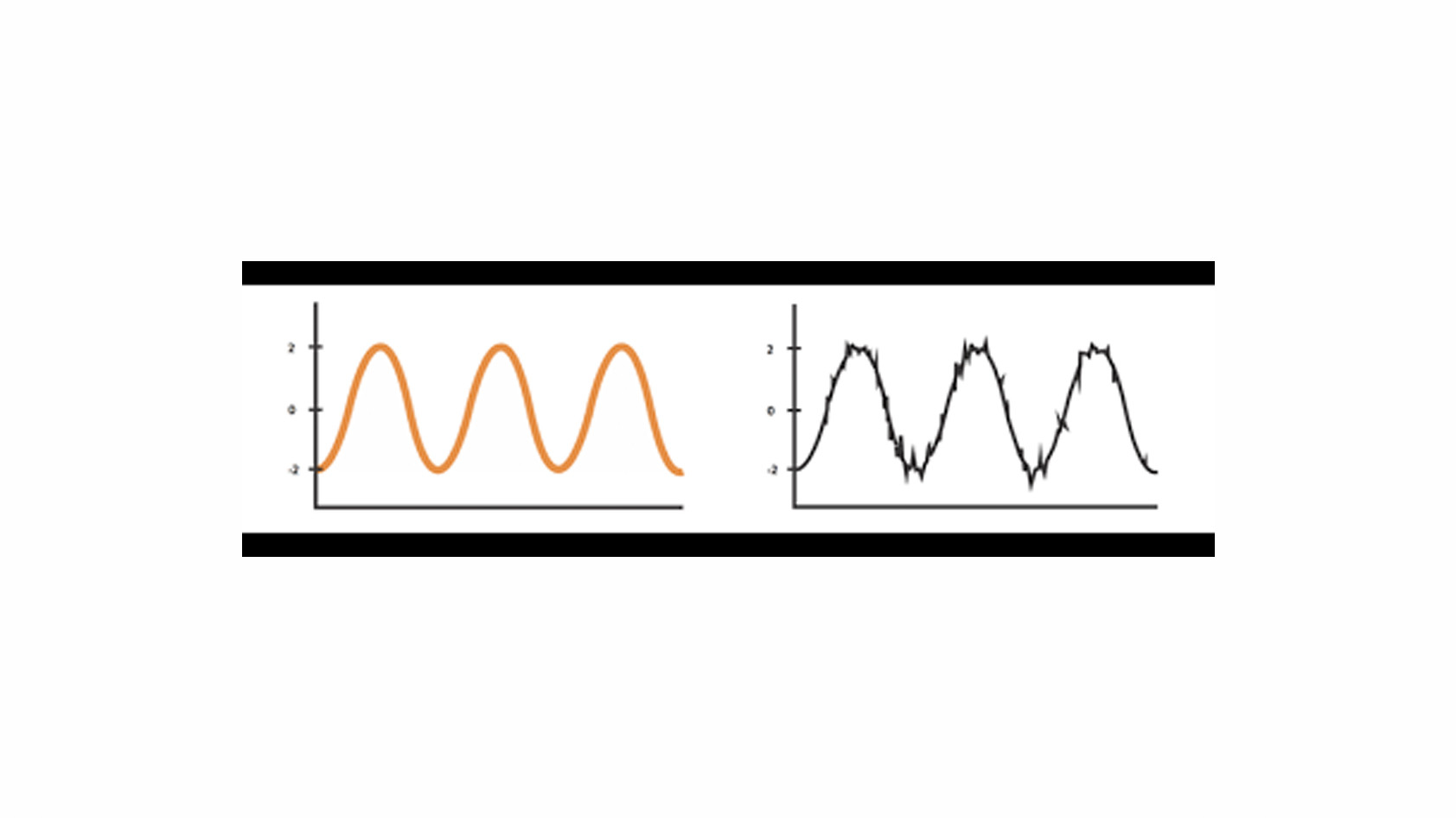
The primary objective of most microphone preamps is to apply gain to (amplify) the signal without changing how the signal sounds. In practice, this is difficult to achieve, with most amplifiers adding some level of noise and distortion to the signal. That being said, the distortion on most modern preamps is inaudible to most people.
Some professionals and enthusiasts select preamps based on exactly the opposite criteria, seeking preamps that intentionally “color” the sound by adding distortion and audible harmonics. People select vintage microphone preamps such as the Neve 1073 specifically for how they alter the original signal’s sound.
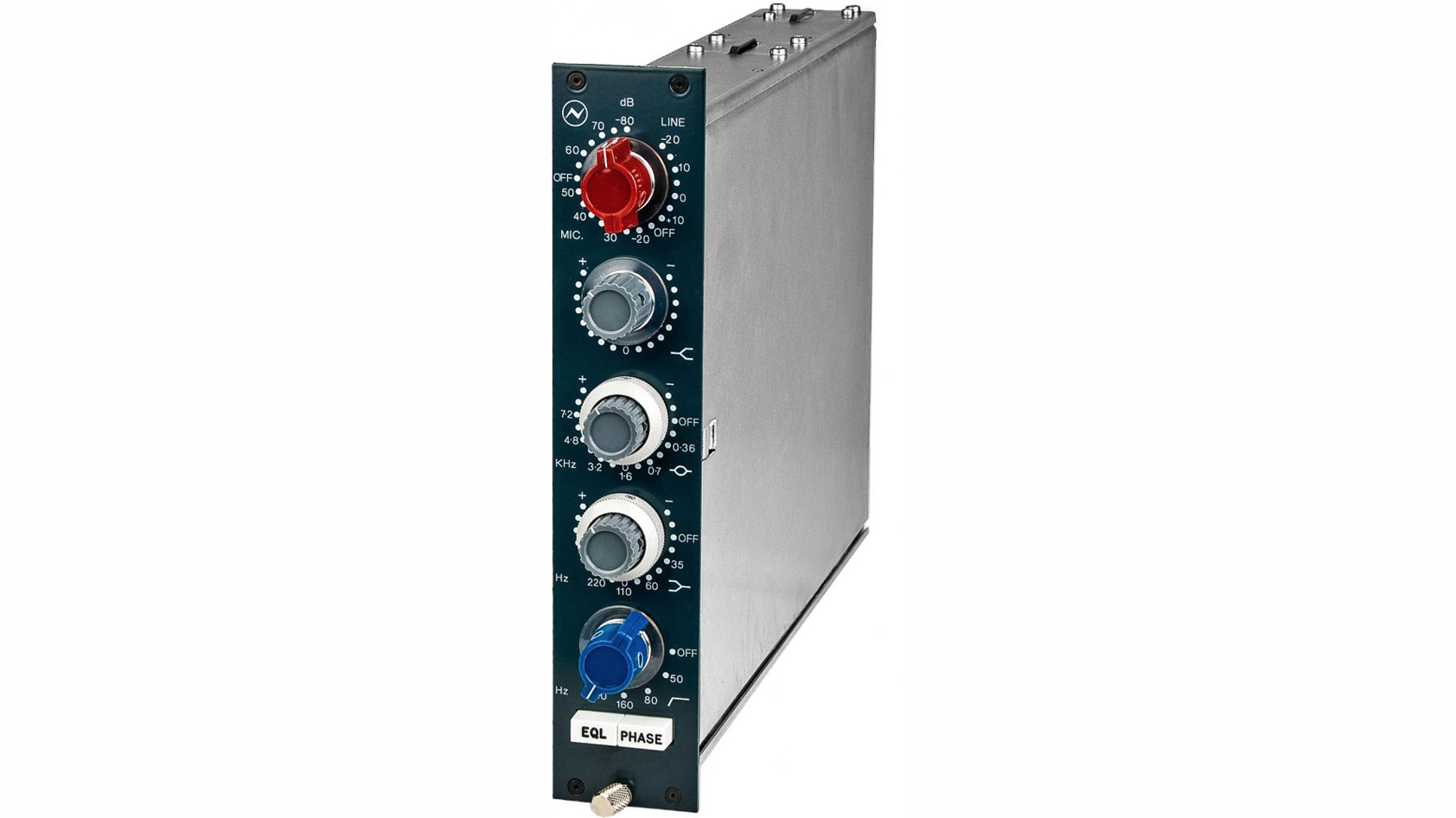
A preamp should be able to provide +48v phantom power for condenser microphones and have variable input gain covering at least 60 dB. This is important to ensure you can get incoming signals to an appropriate level, even with quiet sources and/or low-sensitivity microphones. Preamps have a minimum gain, the smallest amount that amplifies the signal, and some feature switchable attenuator pads to prevent overloading from strong signals.
Most people should not spend thousands of dollars just to amplify an audio signal.
Preamps can get more advanced with the addition of EQ knobs or high-pass filters to cut out low frequencies. Other additions might include phase invert switches (handy when recording multiple mics), and input impedance selection (for better matching and signal transfer).
Preamps come in various shapes and sizes, including desktop standalone units, rackmount, and smaller 500 series units. If you plan on recording with multiple microphones simultaneously, note the number of microphone inputs a preamp has, as preamps can vary from one to four or even eight.
What microphone preamp should you buy?
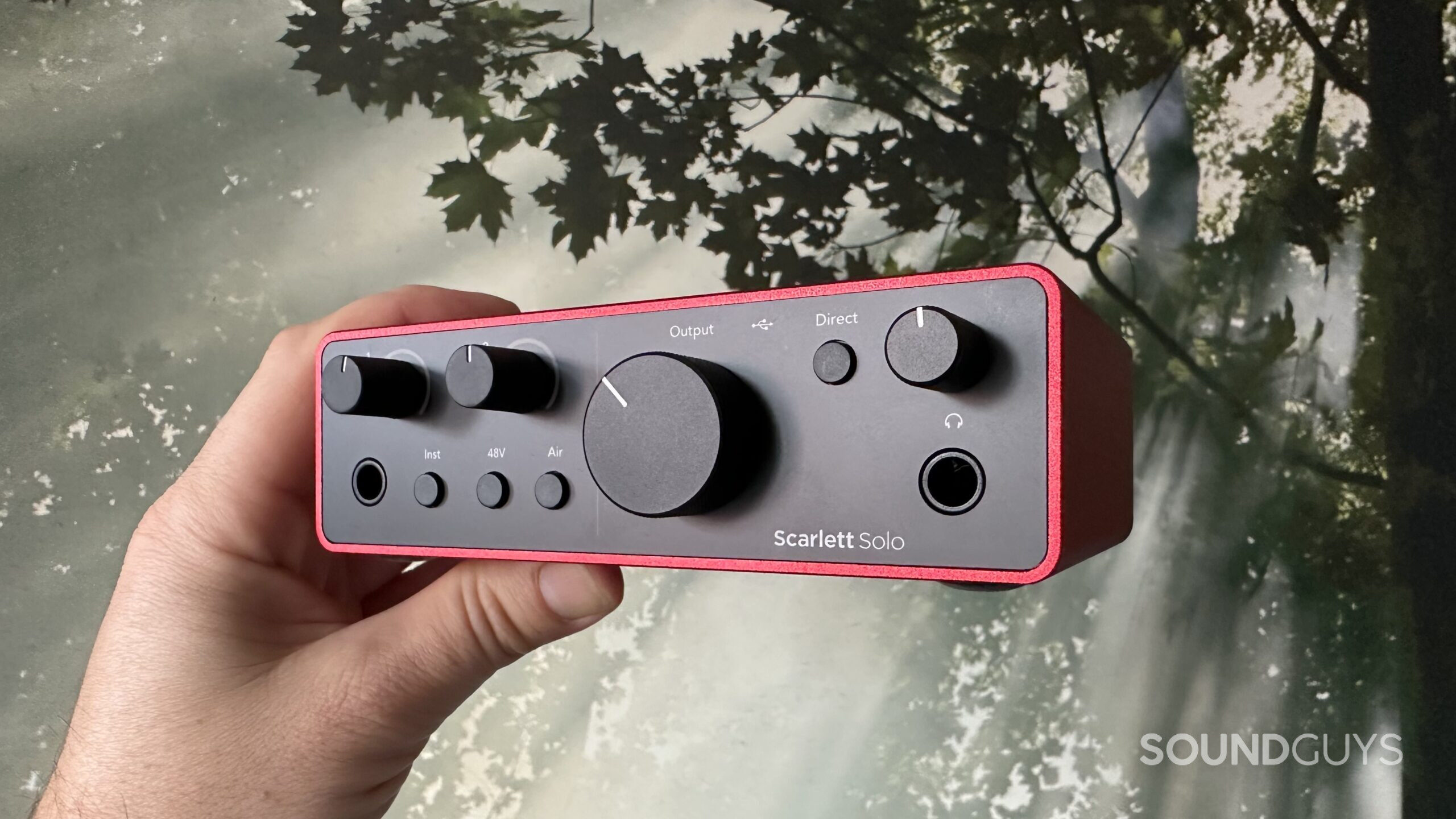
While many audio interfaces double as mic preamps, the reverse isn’t true. If you buy a standalone microphone preamp, you’ll still need an audio interface of some sort to convert from analog to digital signals. For this reason, most people shouldn’t buy a microphone preamp. Instead, look for a high-quality but affordable audio interface. This will also save space in your studio and make your whole setup more portable should you need to record in another location. We have an entire article breaking down the best audio interfaces for all budgets.
The only people who should buy a separate, external preamp are those looking for a specific sound that the preamp may provide. If that’s you, consider trying out a plugin that simulates the sound of a virtual vintage preamp before dropping thousands on the actual hardware. For example, rather than spending thousands on the aforementioned Neve 1073, you can try out Neve 1073 emulator software.
Frequently Asked Questions
How you adjust a preamp depends on what kind you’re using. If you’re using a physical unit with knobs, you’re going to want to adjust the gain knob for your levels. If your equipment doesn’t offer knobs, you might be stuck using software or accepting how your equipment handles it.
Usually, condenser microphones don’t need as much gain applied as dynamic mics do simply because they’ll use their own power sources. However, it’s not impossible. While it won’t happen often, a preamp might be needed depending on whether your mics can get your input to the appropriate levels.